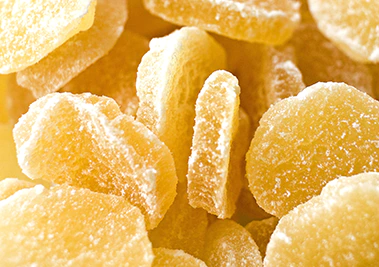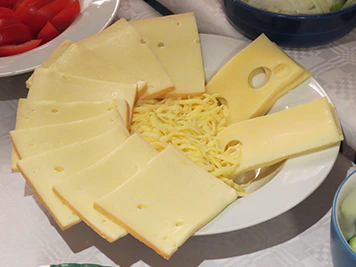| Additive Summary | Lutein (E161b) |
|---|---|
| Essence | Lutein or E161b is a natural color (pigment) only found in and synthesized by various plants, and it is one of more than 750 known Carotenoids. |
| Names | Lutein, E161b, 161b, a Xanthophyll. |
| Sourcing | Commercially, it is sourced in one of three ways. It’s either sourced from grass, nettle leaves, alfalfa, or most commonly African marigold (Tagetes erecta). |
| Manufacturing | Lutein is gathered through solvent extraction of the sources mentioned. For the extraction, typically solvents like ethanol, methanol, acetone, propan-2-ol, methyl ethyl ketone, hexane, dichloromethane, or carbon dioxide are used. Other than that, Lutein can also be extracted from Mixed Carotenoids. That’s something also done by solvent extraction. The solvents are the same as those already mentioned, apart from carbon dioxide. |
| Application | Coloring (yellow to orange, slightly water-soluble). |
| Acceptable Daily Intake | It is proven to be definitely safe in amounts up to 20 milligrams daily. Beyond that, it hasn’t been shown to be harmful either but the research is limited and would mean entering some uncharted waters. |
| Side Effects | None. |
| Benefits | As a Carotenoid, Lutein is highly beneficial. It fights off inflammation, protects against oxidative stress, improves visual processing speed, promotes sharp vision and contrast sensitivity, shields eye tissue from sunlight damage, diminishes glare impairment, helps fight various eye diseases, and helps in other ways. |
| Studies | 6,210+ studies on Pubmed. 140+ studies on safety. |
| Allergens | None. |
| Diet Restrictions | None. |
| Assessment (As An Additive) |
Beneficial. | Category 0 Additive. |
| Products | Very rarely used in supplements as an additive. As an active ingredient, it’s present in products like the Live Conscious OptiWell (review), Dr. Mercola Multivitamin (review), Rainbow Light Women’s One (review), and many others. It is naturally present in kale, spinach, watercress, garden peas, broccoli, pistachio nuts, dandelion leaves, turnip greens, collard greens, brussels sprouts, egg, zucchini, and others. Used in processed foods like soups, biscuits, beverages, sauces, cheese, candy, and others. |



